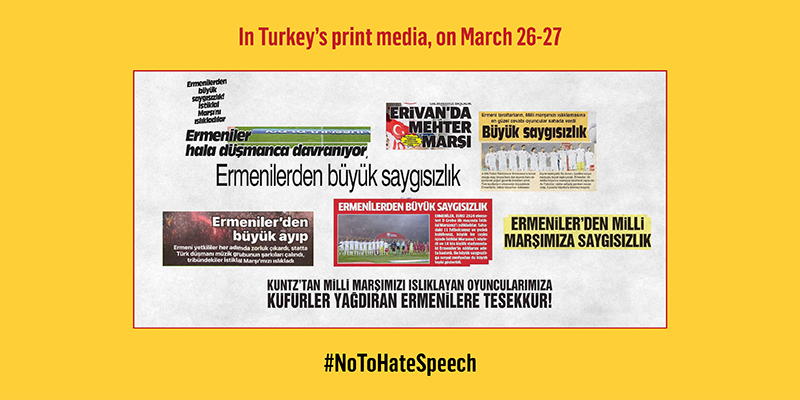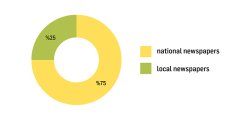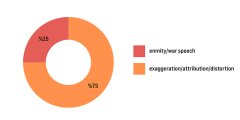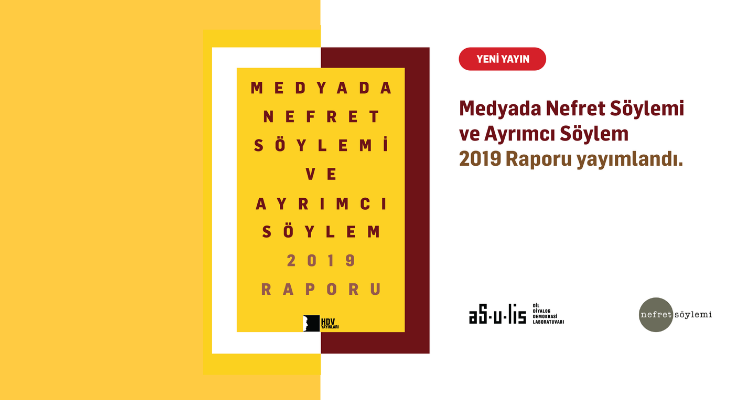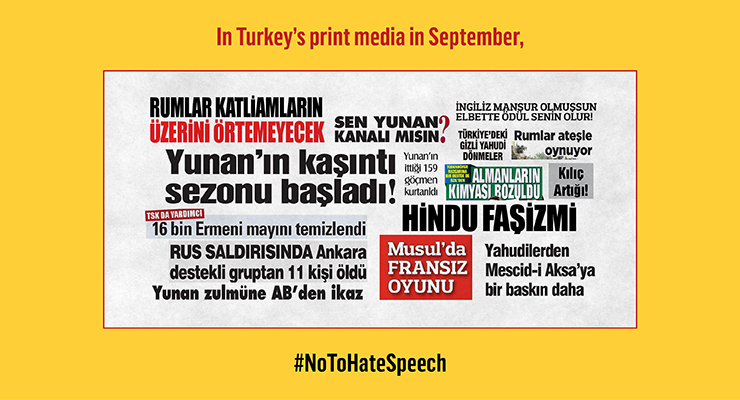On March 25, 2023, before the football match that was played between Armenia and Turkey, during the Turkish National Anthem, Armenian fans whistled the anthem and protested it. We analyzed how these acts were reflected in the national and local press in Turkey on March 26 and 27 by using keywords.
According to this analysis;
Out of 867 news articles, 12 generated hate speech. Five of these were published on March 26, and seven on March 27. Armenian identity was targeted in eight of the 12 news articles that generated hate speech. In these examples, Armenian identity is targeted through the use of negative adjectives and hostility discourse.
Of the news articles in which hate speech against Armenians was detected, 75% were published in national newspapers and 25% in local newspapers. These news articles, especially in the national press, cause prejudices against Armenians to reach more people.
Different results are observed according to the distribution of hate speech in national and local newspapers. News articles published in national newspapers have a wider sphere of influence as they reach more readers compared to local newspapers.1
26-27 March Data Distribution of hate speech by national and local newspapers https://hrantdink.org/images/Asulis/haberkupurleri/pdf2023/26-27mart2023/veri1_EN.jpg Distribution of hate speech by categories https://hrantdink.org/images/Asulis/haberkupurleri/pdf2023/26-27mart2023/veri2_EN.jpg
In the scanned news, hate speech against Armenian identity was mostly generated through negative generalizations. In seven of the eight news articles, whistling and protesting the Turkish National Anthem by the fans in the stadium were characterized as ‘disrespectful’ and ‘shameful’. Hate speech was produced by associating negative adjectives with Armenian identity. These examples in the category of exaggeration/attribution/distortion constituted %75 of the analyzed news articles.
In the statement “Armenians are still being hostile”, the emphasis on “still” reinforced the perception that Armenians pose a threat. With the headline “Mehter March in Yerevan” a football match was used in a way to evoke the idea that Armenian and Turkish identities are parties to a war. These examples in the category of hostility/war discourse constituted 25% of the analyzed hate speech news articles.
In team games such as football, the establishment of rivalries based on identities, the attribution and emphasis of various negative adjectives to identities feed discriminatory and polarizing elements in society.
We hope that this analysis, like other examples, draws attention to the role of the media in producing hate speech, to the importance of coexistence and contributes to the production of an inclusive discourse that is free from discrimination.
1Az, İ., Ensari, P., & Özkan, Ş., (2021). "Hate speech in Turkish print media: Data of the decade", ed. Altuğ Yılmaz, in Media and Hate Speech - II (105). İstanbul: Hrant Dink Foundation Pub.

This project is financed by the European Union.


